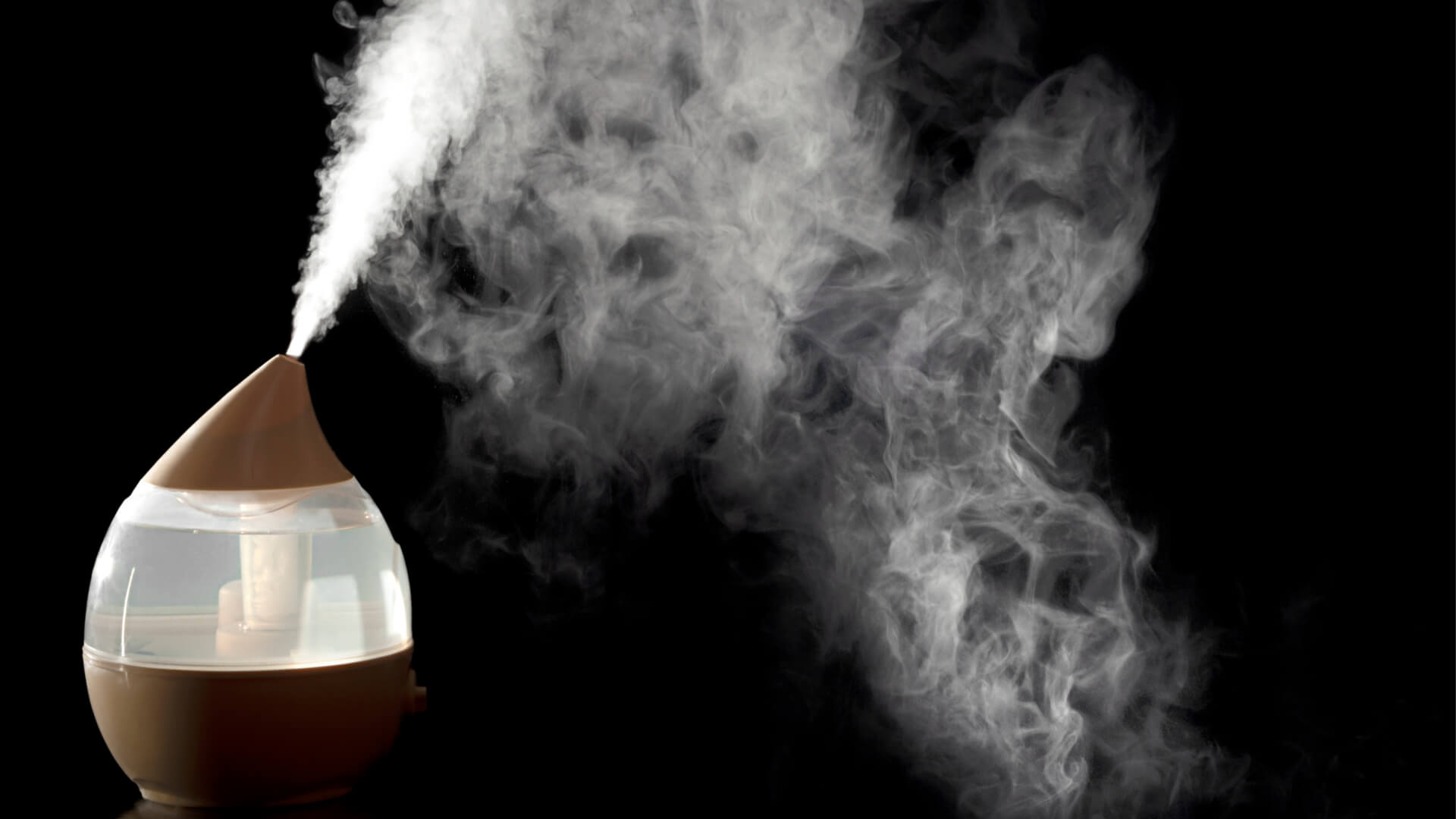The Risks of Using a Humidifier – What You Need to Know
Feeling like your sinuses are dried out or that your skin is about to crack? Most people would tell you that a humidifier might help you. Many pharmacies carry quick, easy-to-use humidifiers and vaporizers that you can pick up and keep humidity close at hand during those winter months.
The humidifier, though, can multiply your problems–not eliminate them – if used improperly. In this article we’ll be going over what you need to know about humidifiers, the possible risks associated with constant humidifier use, and what you need to do if you’d like to keep your home clean, safe, and humid.
Humidifier Types
You probably know that any humidifier takes water, mixes it with air, and releases it back out into the room. The room the humidifier is placed in is this more humid; which usually results in easy breathing and no more stopped up sinuses. Do you also know, though, that not all humidifiers work the same way?
There are four major ways to turn that current dry air into the fresh, humid air that you may be expecting. And that’s by using one of the four different types of humidifiers:
- Steam-based humidifiers & vaporizers
- Evaporative humidifiers
- Ultrasonic humidifiers
- Impeller humidifiers
Steam-based humidifiers, also known as vaporizers, operate much like how you may have been expecting: by heating the water until it evaporates into steam. These are generally considered safer than many of the other options, but more on this later.
Evaporative humidifiers work using a wick and clean water. Water is absorbed through the wick and released into the air without attached minerals or bacteria. This simpler design is quite popular but generally speaking, you’re probably not going to find these in your local pharmacy.
By and large, the vast majority of humidifiers sold today are considered cold air humidifiers and use either impeller fans or ultrasonic vibrations to literally pulverize air into steam. That’s why much of what we’ll be discussing focuses on these last two popular humidifier options. They may be cheap and easy to use, but that doesn’t always make them safe.
Running While Dirty

If you’ve been running your humidifier for several years without so much as cleaning the unit, you may be exposing yourself to harmful bacteria and allergens at a higher rate than if you had left your unit sitting in the closet. Humidifiers create environments ripe for bacterial growth: dark corners within the units filled with moisture means that you may be turning your humidifier into a bacterial generator over time.
That’s why you should never run your humidifier without properly cleaning it first. If you’re using an older model, be sure to completely sanitize the unit, inside and out, before use. Likewise, if you’re picking up a new unit, you need to be sure to keep the instruction manual around and follow the written procedures for keeping your unit clean and safe to run. This is important for all humidifiers, but especially for ultrasonic or impeller models. Since evaporative models reduce or eliminate bacterial spreading and vaporizers kill bacteria before releasing the air, they tend to require less cleaning and maintenance overall.
White Dust
Another problem with humidifiers is the release of white dust from the units. This can come from operating your unit with tap or unfiltered water and likewise poses a risk to your sinus health. The National Institutes of Health reports that ultrasonic and impeller humidifiers specifically can often release minerals in the water as a sort of white dust. This fine powder can get into airways, block passages, and irritate lungs.
White dust seems to be less of a problem with vaporizers and evaporative humidifiers, but for all humidifier types, many problems can arise from running your unit using tap water.
Humidifiers need pure, filtered water to most efficiently operate. Remember that you’ll be inhaling whatever you place into your humidifier–so don’t be afraid to splurge a bit on fresh water. Just be sure you pick up water that’s completely clear of minerals to reduce the risk of white dust ending up on your walls and in your throat.
Running Too Long
Even if you’re sick or tired of dry sinuses, you need to be sure to use your humidifier in moderation. Mayo Clinic reports that an internal humidity to strive for should be somewhere around 30-50%. Many of the less expensive humidifier options available on the market today don’t come with humidistats to inform homeowners of the humidity in the air. Therefore, it can be all too easy to overwork your humidifier.
Much like with a dirty humidifier, running a humidifier for too long in your room can turn it into a breeding ground for bacteria. Overly-humid rooms can have moisture cling to the drywall, which can also pose a long-term risk potential for the integrity of your room. Likewise, you may have to deal with a mold problem after running your humidifier for too long over an extended period of time. If you don’t already have one, we recommend purchasing a humidistat separately to ensure that you’re operating your humidifier at a safe level.
Proper Humidifier Techniques

Despite all that we’ve said against humidifiers, we still firmly believe that keeping one around can be good for your health. Likewise, each of the risks of using a humidifier can be offset by common sense, planning ahead, and proper operation.
If you’re using a humidifier, aim for purchasing a vaporizer or evaporative humidifier to reduce the maintenance and difficulty of operation on your end. No matter which humidifier you pick, however, always run it with filtered water and clean it properly. Likewise, keep a close eye on humidity levels and make sure to place your humidifier in a section of your room that’s safe. That means off the ground, away from the walls, and away from anything that could short circuit due to moisture.
Final Thoughts
With the right techniques, your humidifier can be a real lifesaver during cold and flu season. So next time you’re struggling to keep yourself hydrated or just need you home to feel less like a desert, feel free to pull out your favorite humidifier and fix the problem.




